I’ve tried a lot of fruit and vegetable box schemes but the challenge of living on a main road and working full time means it’s difficult to always be around for delivery or feel confident my box won’t be stolen by the time I get home.
So I’ve resorted to growing my own and using my local market and buying weekly from the two stalls there on a Thursday, Friday or Saturday. Not all their produce is local or UK sourced and so like many people I’m in conflict about what to buy so that I keep mealtimes interesting, don’t blow budgets but also support UK producers as much as possible.
A local scheme with handy collection points around the borough
I am therefore delighted that my local farm has created a vegetable bag scheme that fits in with my schedule, is locally grown and pretty good value for money.
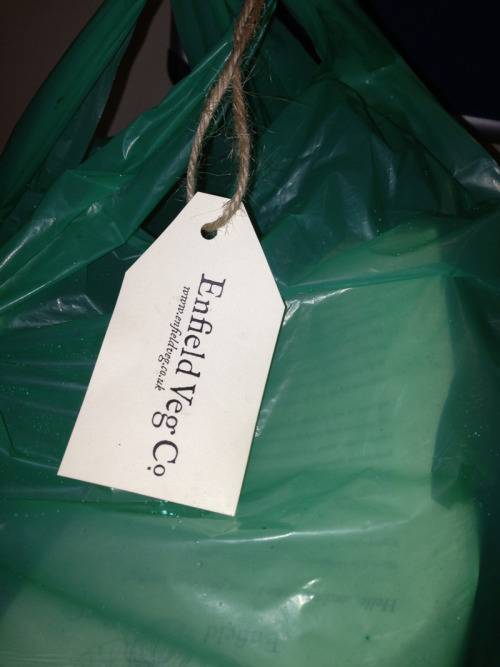
Humble beginnings
The Market Garden at Forty Hall Farm started growing only this year and have been piloting the bag scheme, Enfield Veg Co, with Capel Manor College staff. Their aim is to “make locally-grown, organic produce more accessible to people living in Enfield and provide high quality fresh food that doesn’t cost the earth”.
The produce is mostly grown on the farm but some items will also be supplied by local growers. The project is funded by the Greater London Authority and part of the Growing Communities Start Up programme, a training and support programme which helps local groups set up their own vegetable box schemes. It is managed by a social enterprise led by the lovely Beth.
A walk around the farm
The orchard where I volunteer is part of the farm and so the Market Garden is right next door. I’ve seen the land cleared and sown with seeds over the summer and there is now a volunteer group every Friday morning who help with whatever needs to be done.
The poly tunnel went up over the summer too and thankfully survived the recent storms. It has been home to various varieties of tomatoes and courgettes but also a place for lessons learned. Beth explained that it has been a bit of a race against time to get everything planted and nurtured in time for launch. They’ve had bouts of blight like the rest of us so the learning curve has been steep but rewarding.
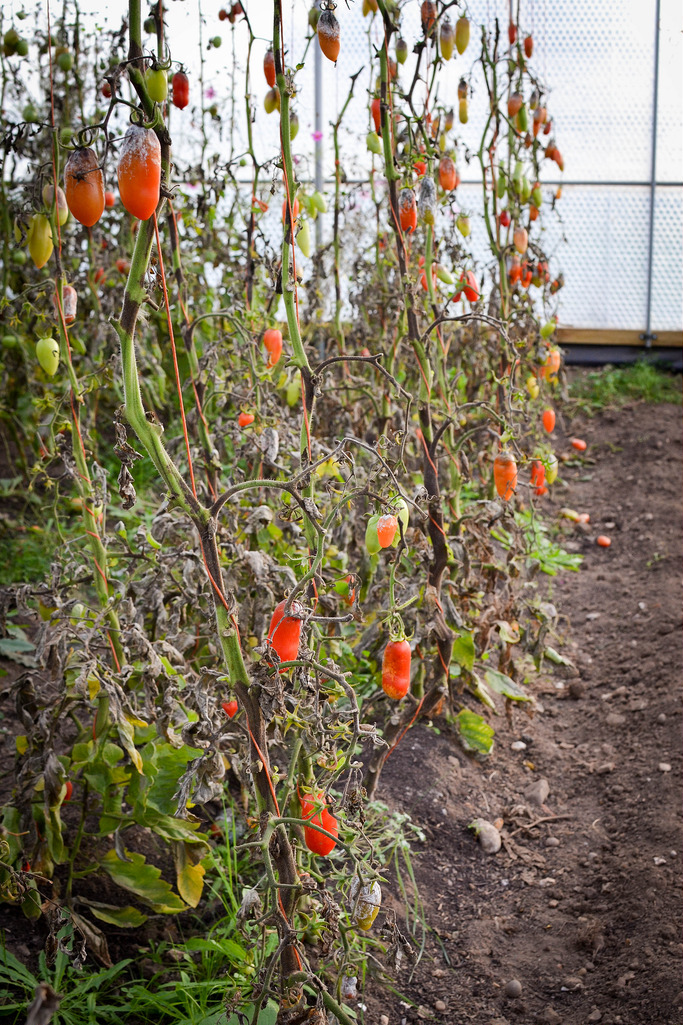
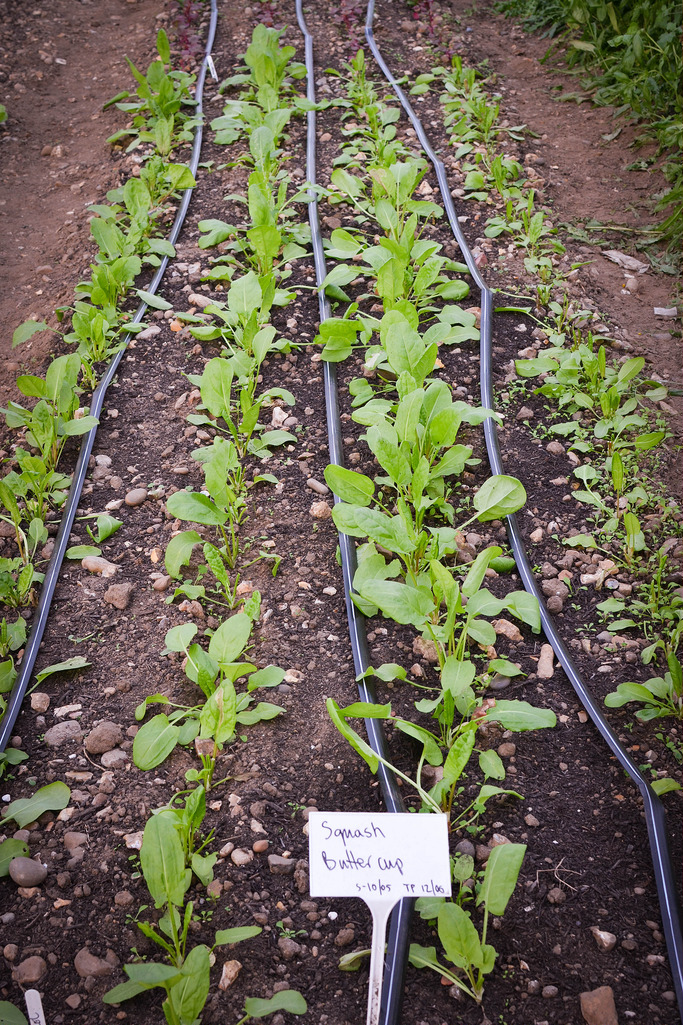
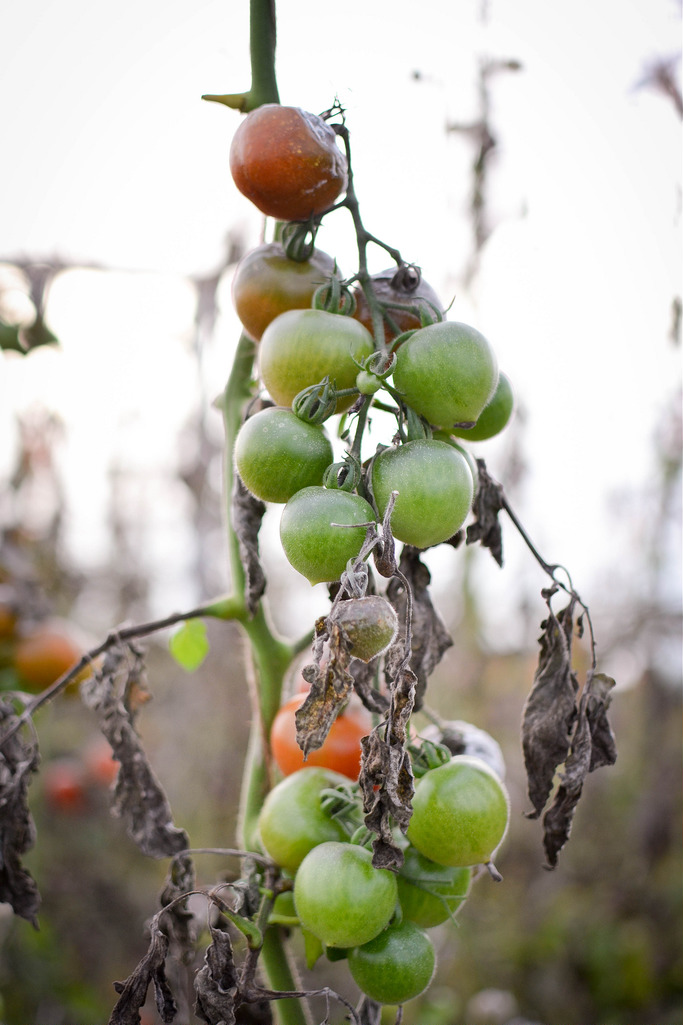
The range of produce is more than adequate for a weekly scheme. I loved that the varieties are different to what you’d see in the shops. This is exactly what I have tried to do with my allotment.
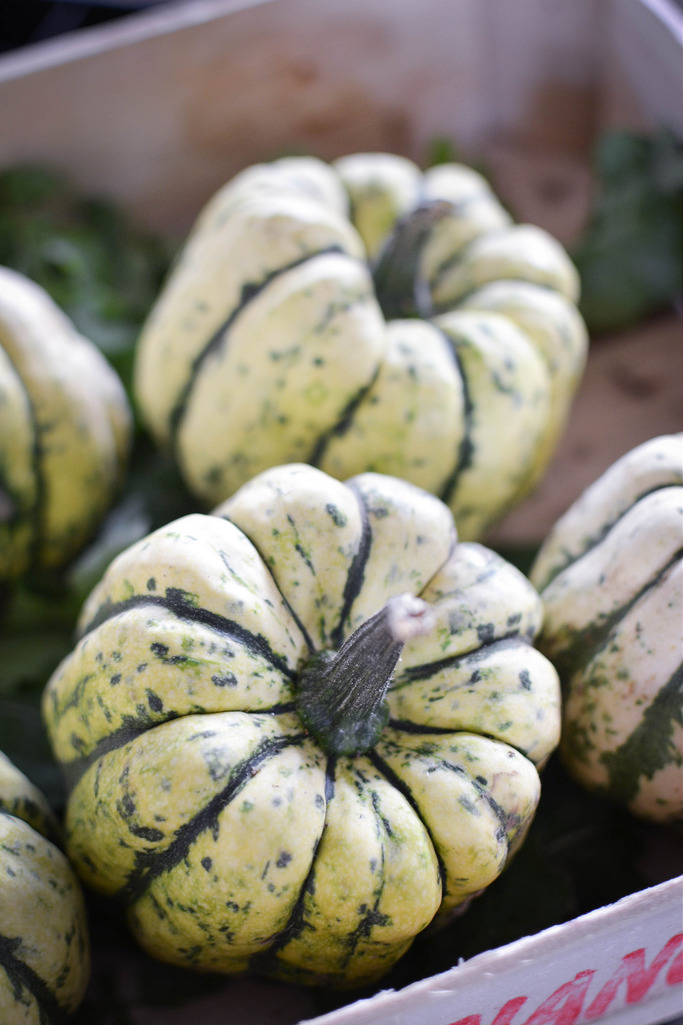
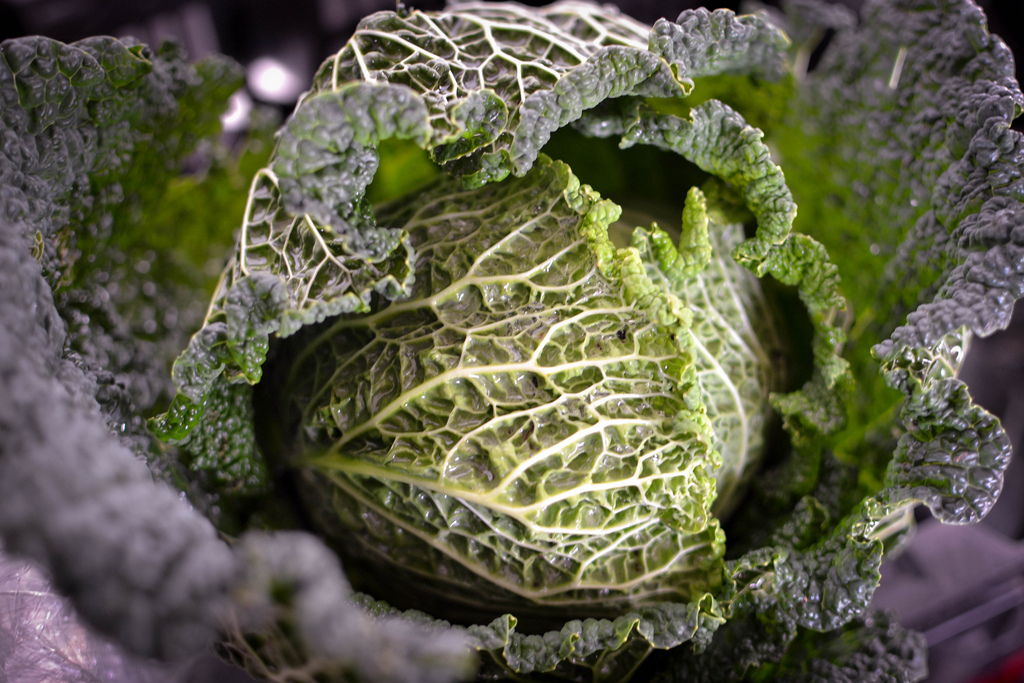
There are still the basic staples that people would want like potatoes, tomatoes and spinach.
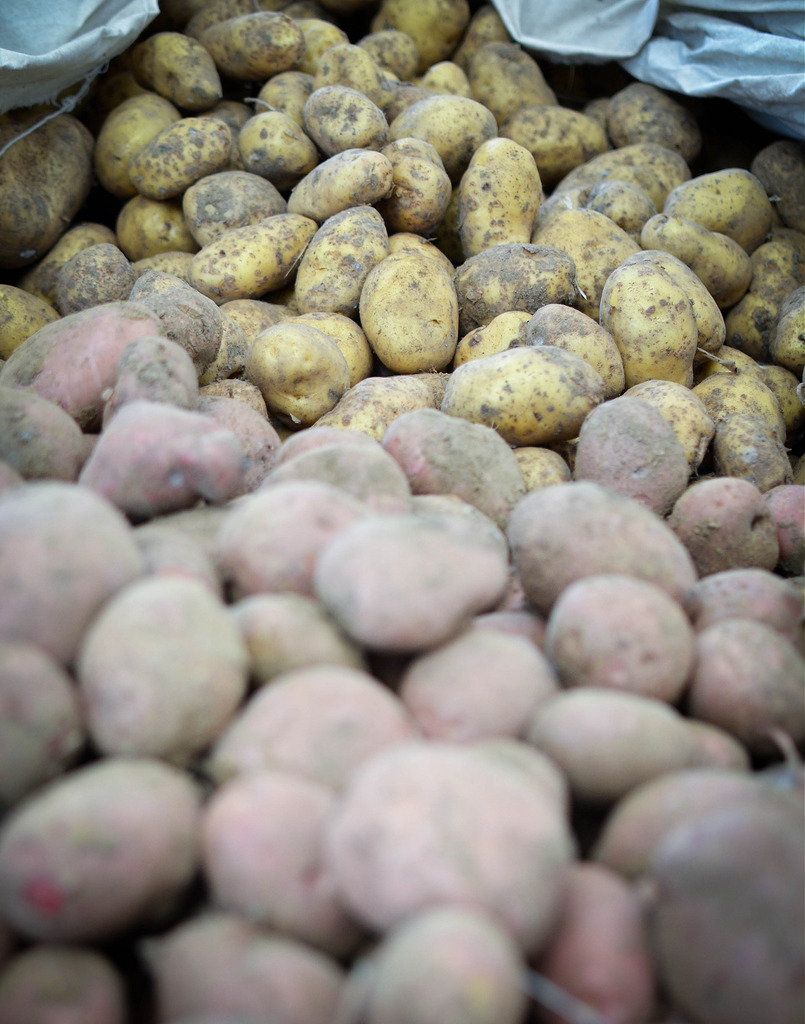
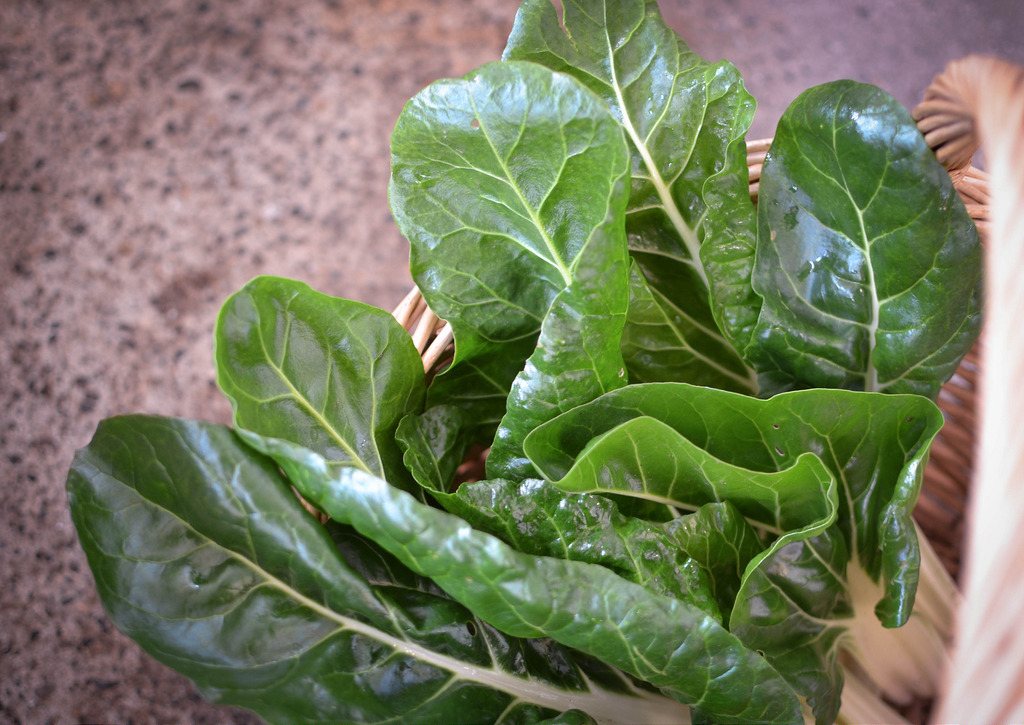
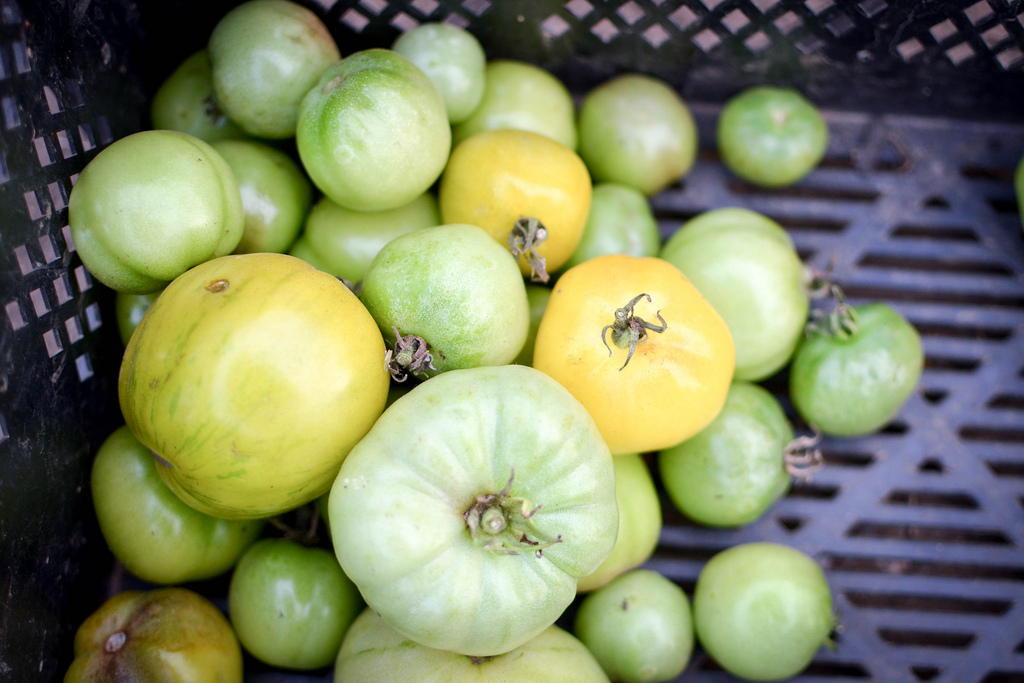
Every little space is starting to be used. This little sink from the Old Dairy building has been turned into a little lavender planter. The dairy itself is a storehouse and used for the labelling area. Nothing fancy. All functional.
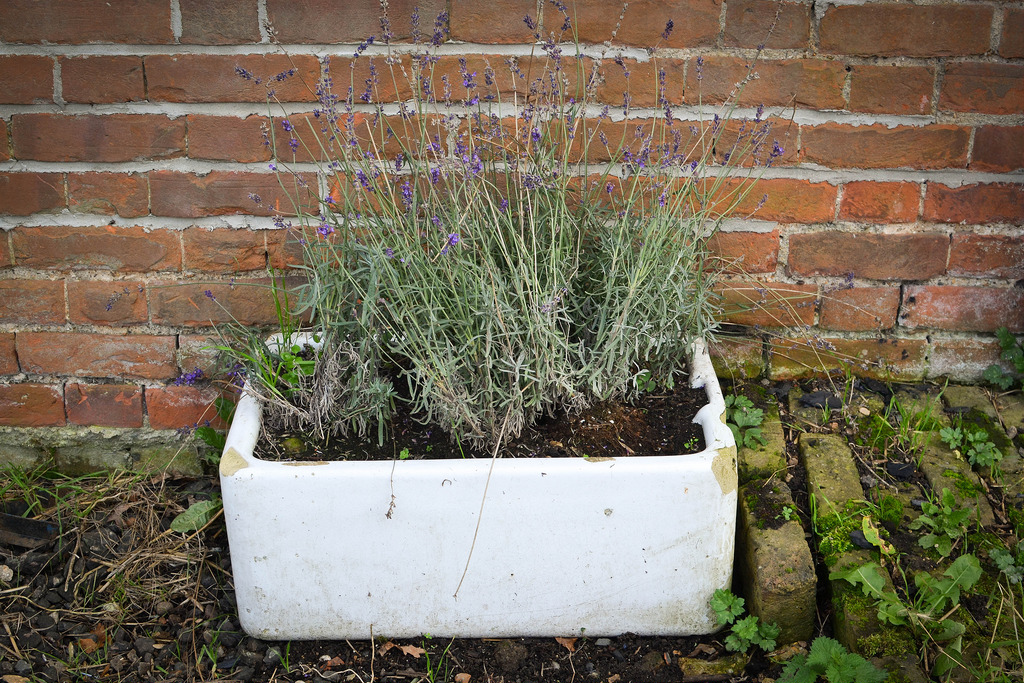
Manual picking and packing
Spending just an hour with Beth showed how manual the end to end process is. All the produce is planted and tended to by hand. It’s harvested by hand. Then picked by hand and carefully screened to ensure there are no caterpillar holes in the leaves or bruises on the tomatoes. It’s then placed in bags and labelled – and by this I mean Beth peels a sticker off a page and sticks it neatly on.
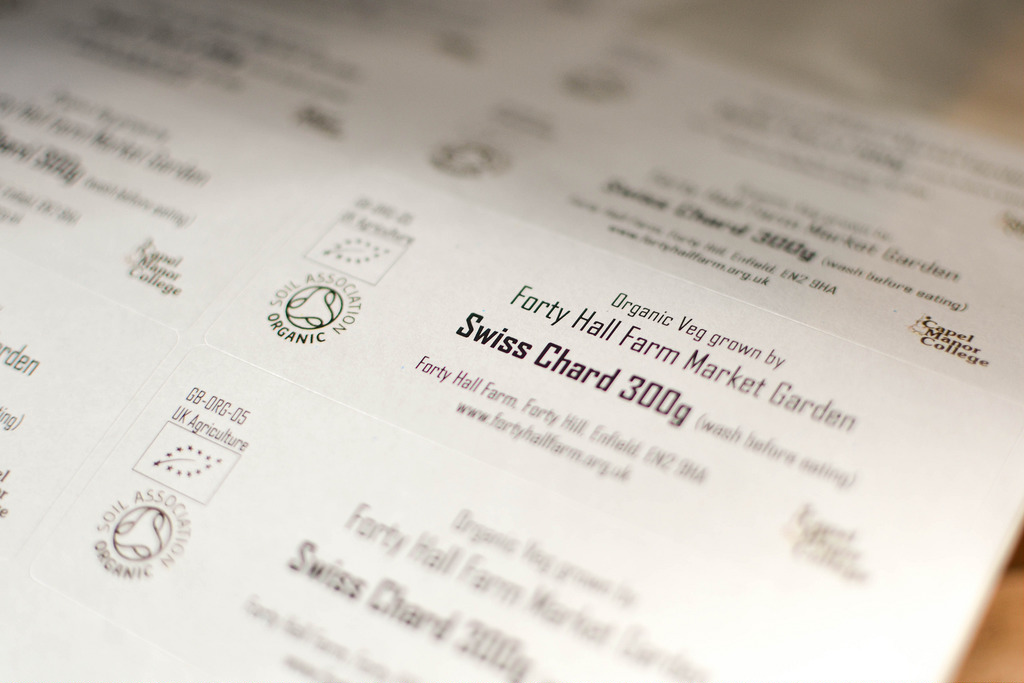
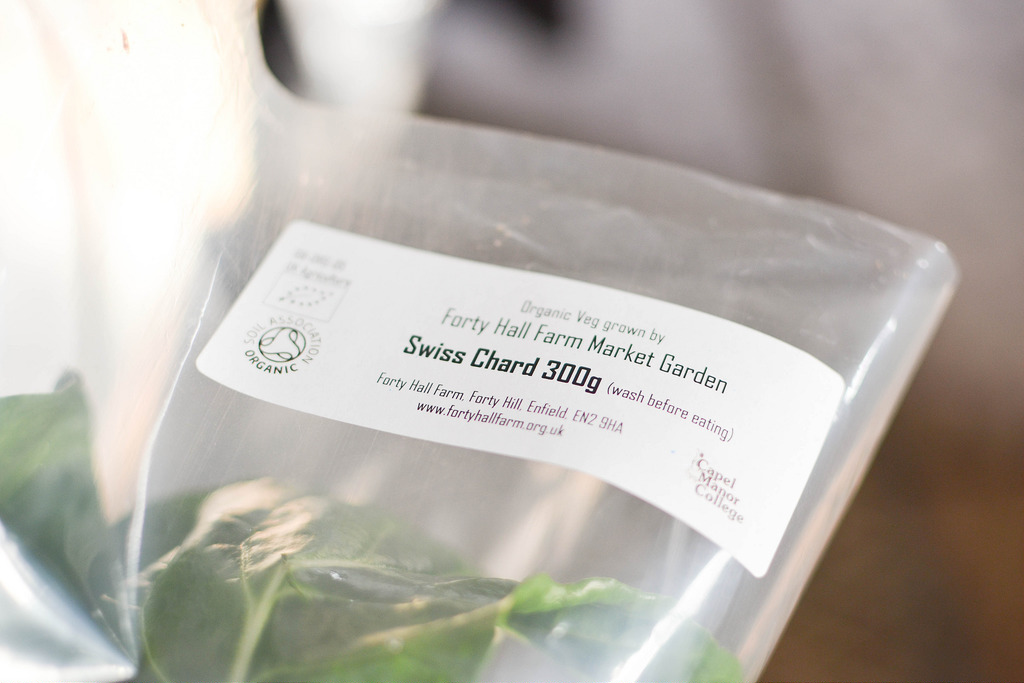
Oddly shaped and organic
Some of the misshapen produce has had complaints and for me this is a symptom of the ‘training’ our supermarkets have given us about what ‘good’ looks like. Personally I wouldn’t mind the funny shapes or the odd hole in my spinach leaves. This is organic produce grown just two miles from my home by people who really care about our local community and the food we eat.
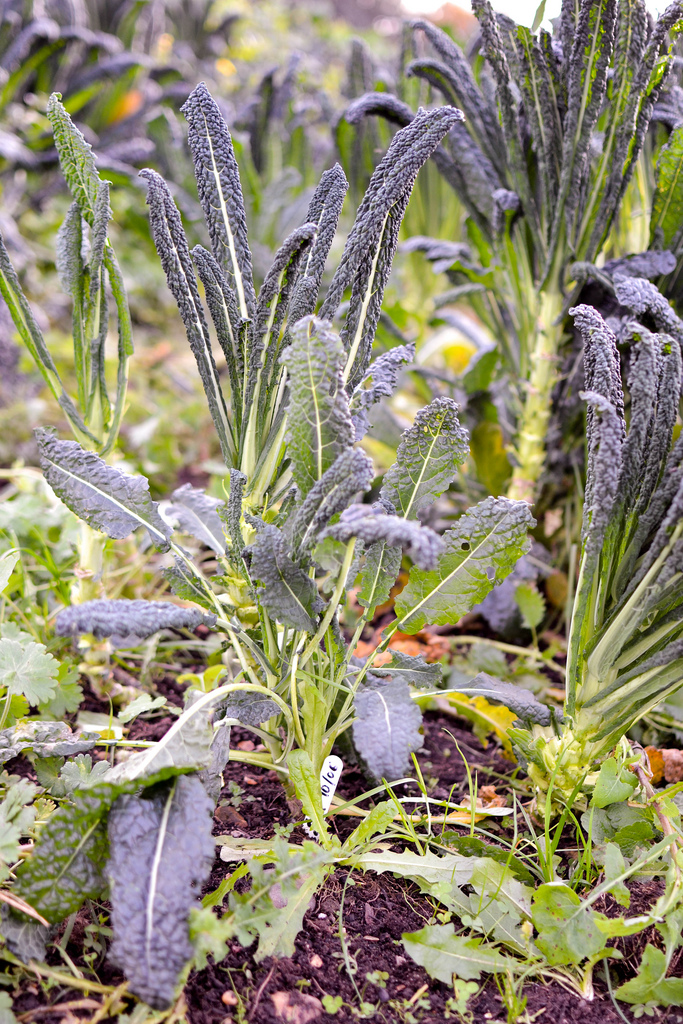
Signing up has been easy. Especially now as our allotment produce has dwindled it just seemed like the right thing to do. I will still be visiting my two fruit and veg stall holders at the local market and also getting some produce from my local Indian or Asian grocers. I’m not a complete saint and know I will continue to get a few bits and bobs from the supermarket. It’s nice to have the choice to minimise the latter though and also let my girls see that knobbly carrots aren’t a bad thing every now and then.
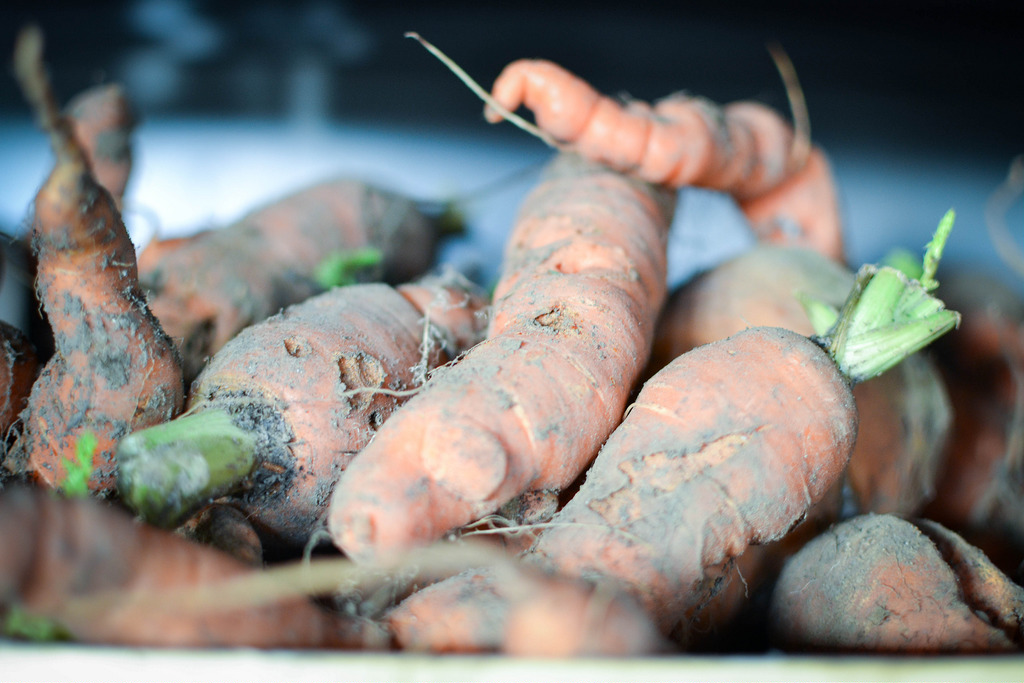
Do you have a fruit and/or vegetable scheme near you? What’s your view of locally grown vs imported? Are you strictly a buyer of organic?
